In collaboration with John Deere, Joskin can offer real-time technology to analyse the slurry composition and measure the amount of NPK available.
Joskin integrates this ISOBUS-connected system on its tankers fitted with a proportional flow meter. The ISOBUS protocol is used to transfer data between the HarvestlabTM (NIR computer), the John Deere MCS computer and the Joskin ECU. Joskin believes that analysing the slurry before spreading meets agricultural, economical and environmental objectives.
How it works
Thanks to a infrared lens, an analysis of the main components of the slurry is carried out at the tanker outlet. The following elements are taken into account: total nitrogen (N), phosphorus (P), potassium (K), ammoniacal nitrogen (NH4) and dry matter.
The NIR sensor sends a spectrum that will be reflected by the slurry components. This reflection is then split into different wavelengths, depending on the nutrient contents. This information is then sent to a Joskin computer which combines it with the flow meter data. A target value, set by the user, is assigned to the nitrogen and a maximum value to the phosphate.
When conditions allow, the tractor speed and the flow of the spreading implement will be regulated according to these objectives. Joskin says this ensures an extremely efficient spreading in accordance with the environmental standards, while using the slurry in an optimal way.
Maps can then be made from these records and reports of the GPS sensor. An optimal traceability is reached and one can see at a glance the contents of the spread material on every area. These indications will allow farmers to manage the possible addition of mineral fertilisers in the best possible way.
On the ground in Ireland is Caroline Metz, technical sales representative. Caroline is working closely with all Joskin dealers throughout the 32 counties.
Joskin returned to the Ploughing this year, and according to Caroline attracted a lot of attention with their Betimax RDS livestock trailers. The trailer’s floor lowers down on a hydraulic suspension for loading. Caroline pointed out that the loading and unloading height is therefore limited to 14cm, while the transport height is 63cm. This reclining system replaces the access ramp, limiting the risks when loading or unloading cattle.





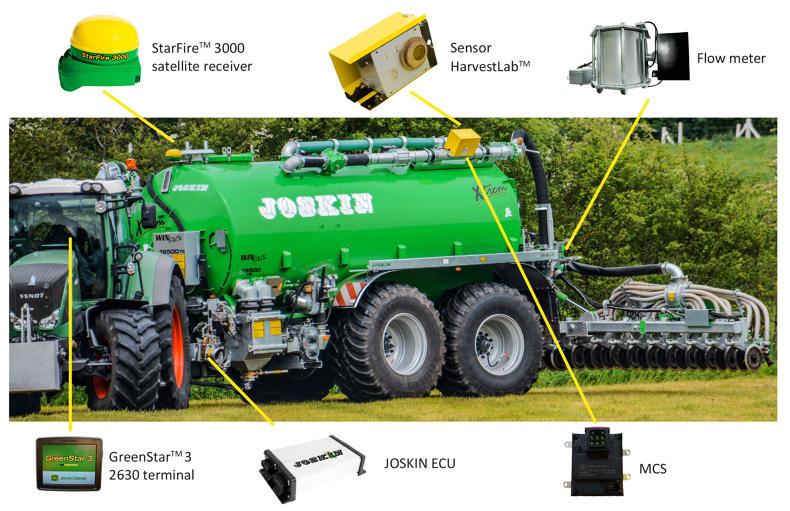
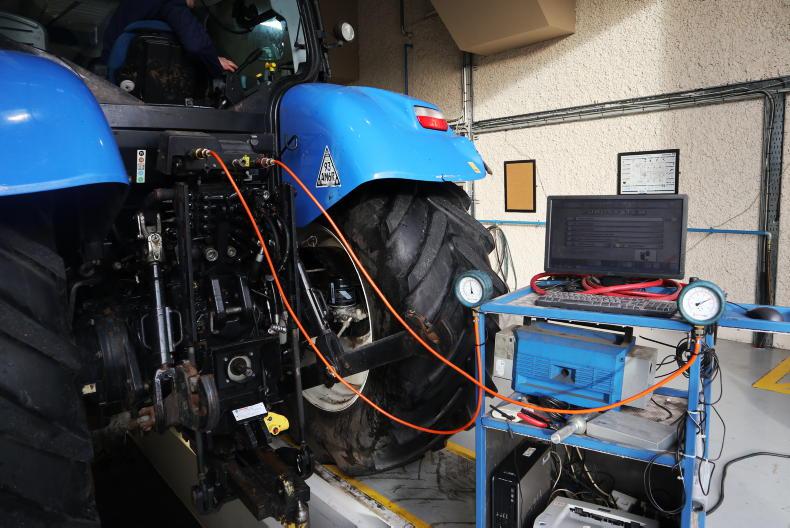

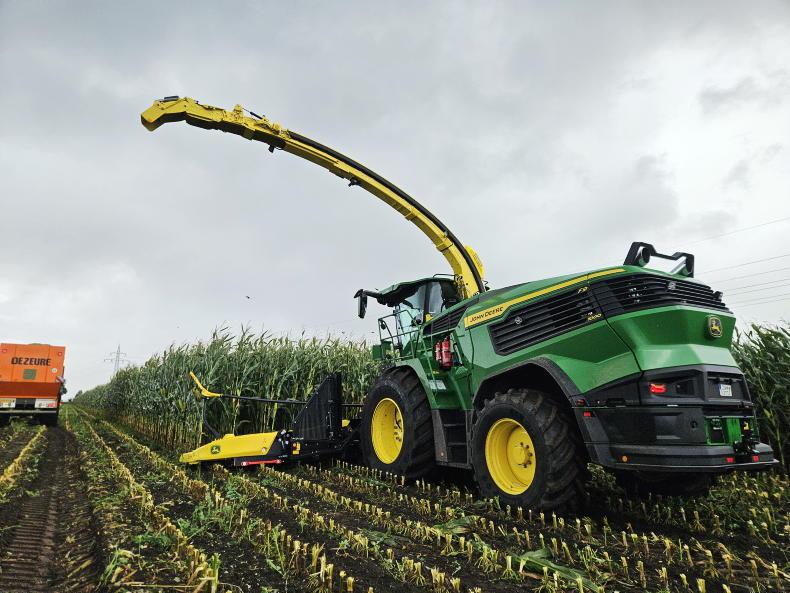
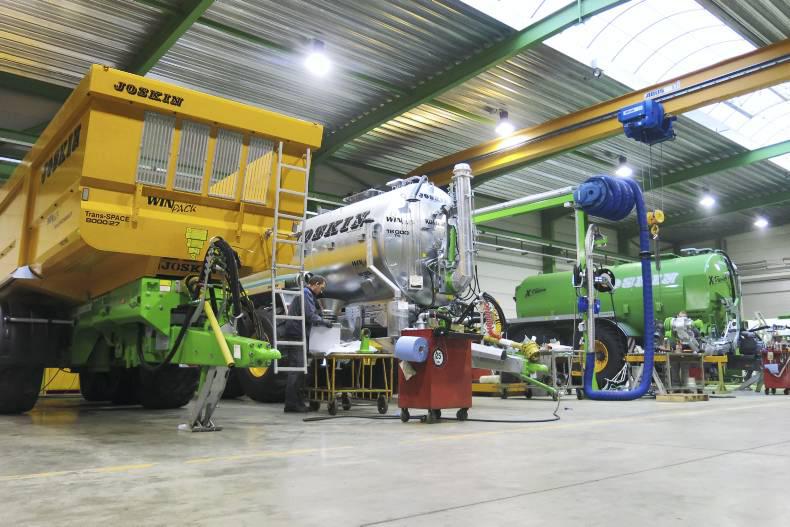
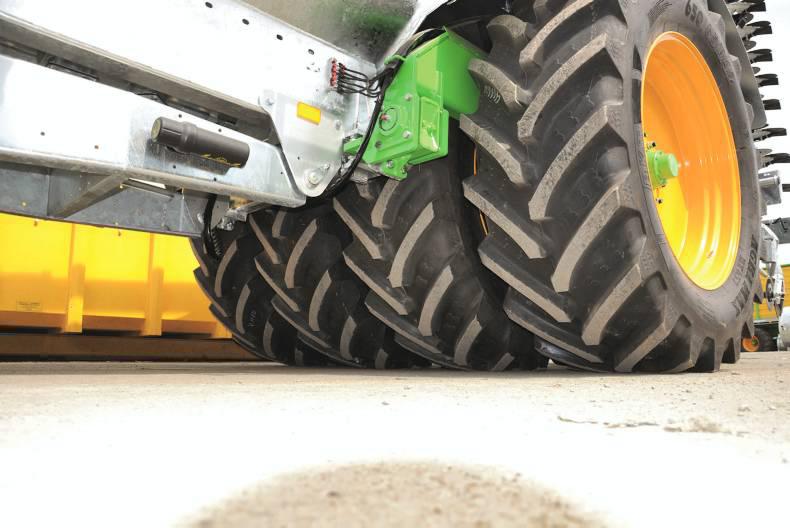
SHARING OPTIONS